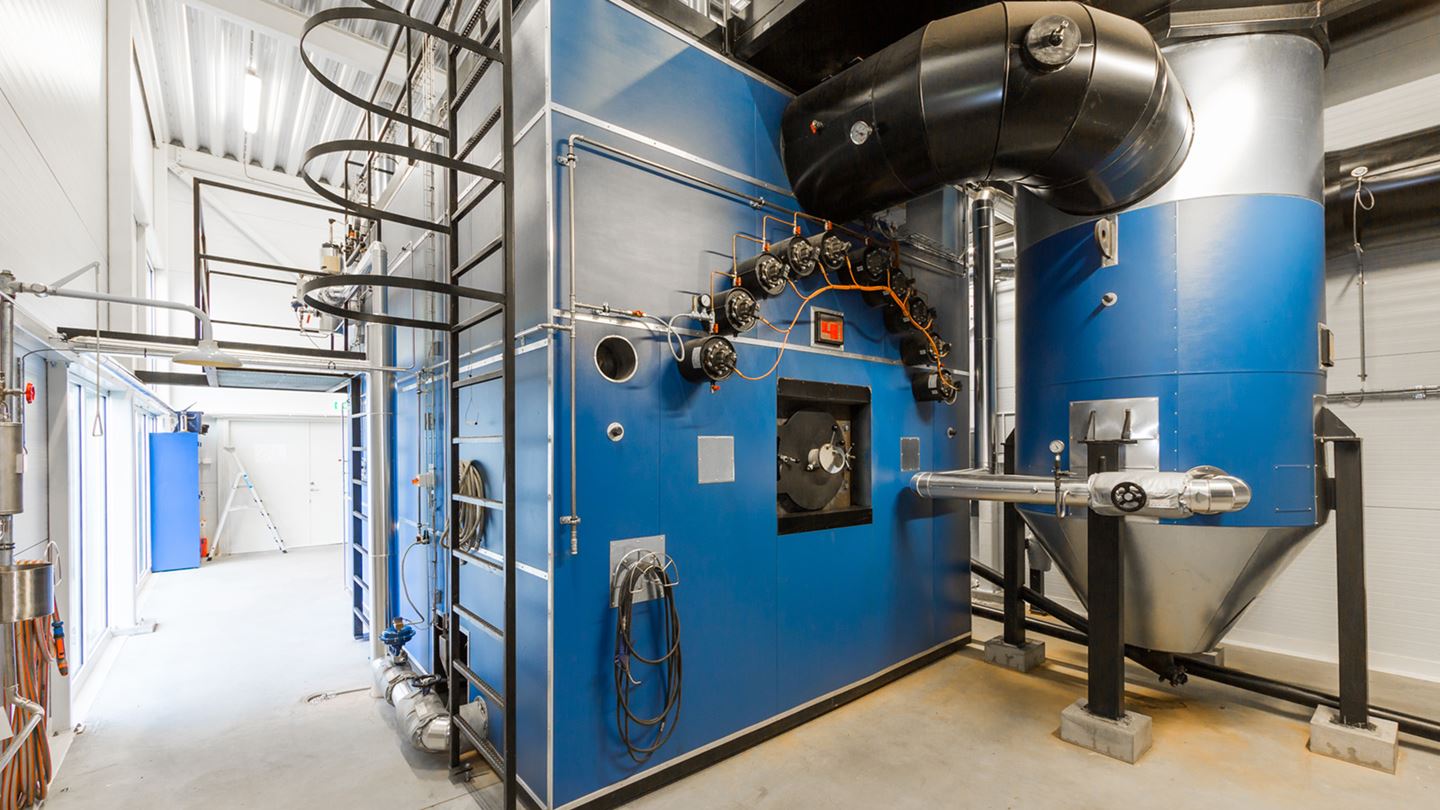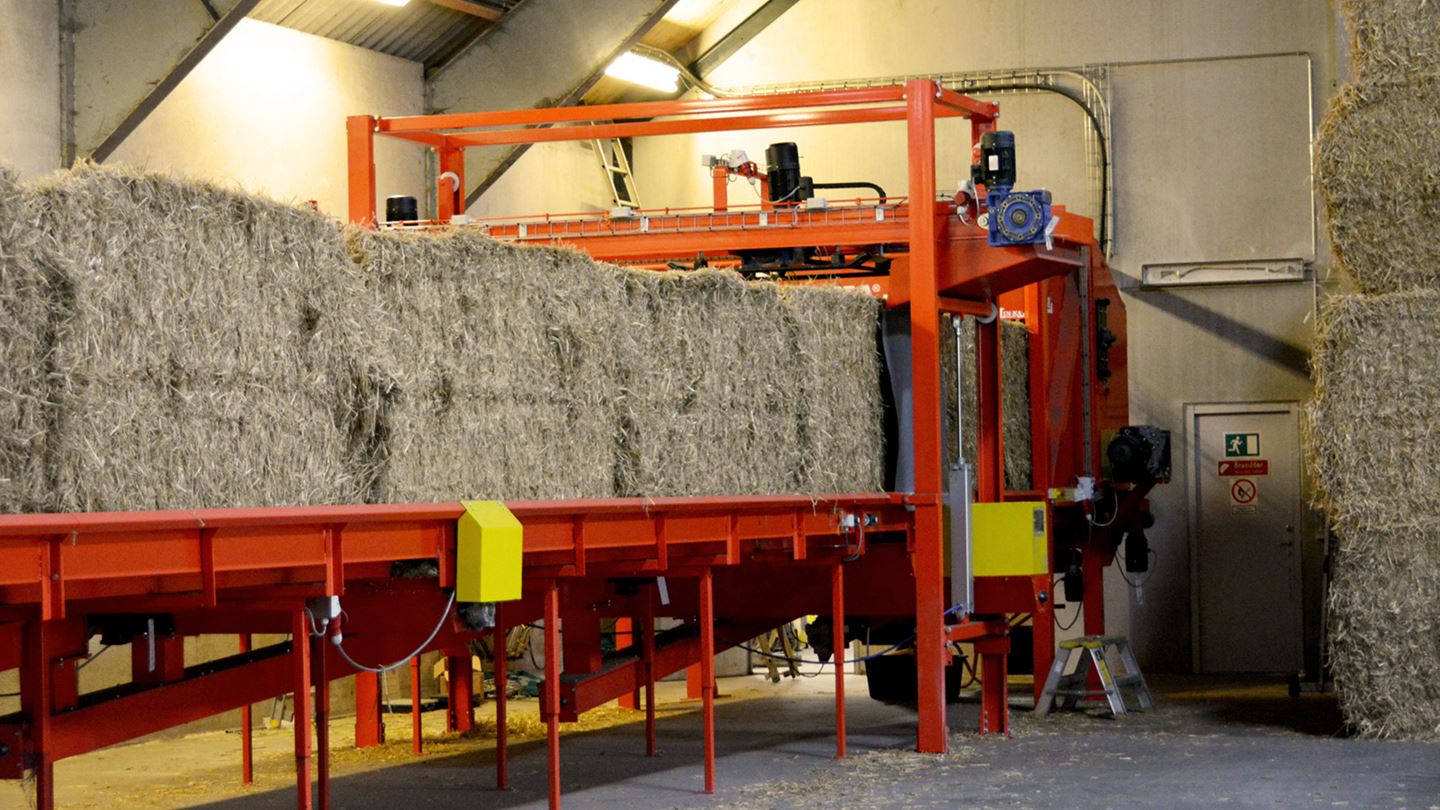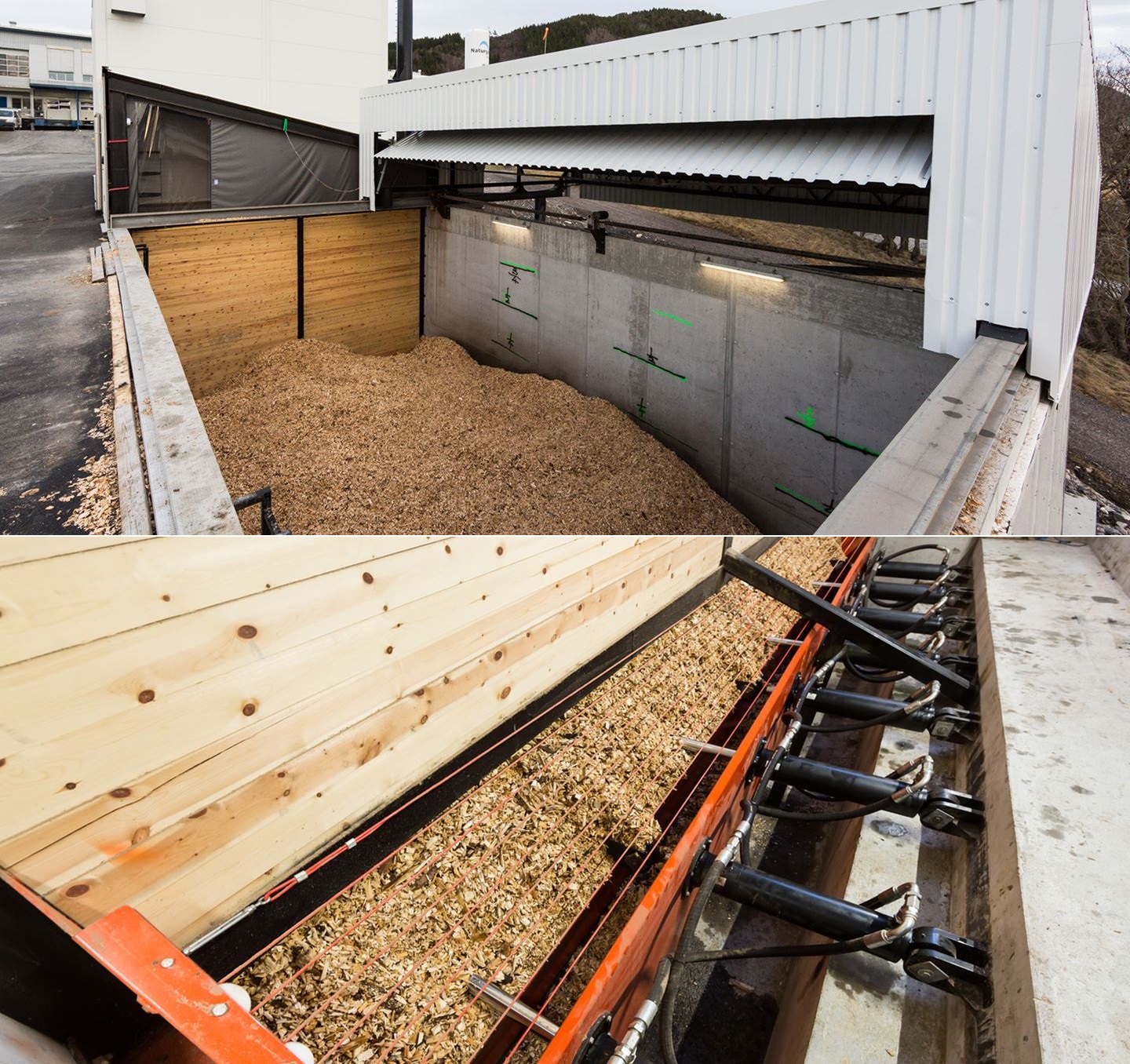- E-mail: viktor@duc-energy.dk
- Phone: +45 28 53 54 78
- Viber/Whatsapp: + 45 28 53 54 78
 LINKA was founded in 1978 in the wake of the global oil crisis. Since the beginning LINKA have focused on the development and optimization of environmentally friendly forms of energy based on biomass. More than 40 years of experience and know-how about biomass combustion make the company one of the world's leading companies in the industry. Today LINKA are among the world leaders within development, design and construction of fully automatic high-quality plants worldwide. Linka Energy has delivered more than 3,500 fully automated plants worldwide to various customer groups such as agriculture, industry, institutions and heat plants. The plants are supplied in the form of hot water and hot water systems as well as steam systems.
LINKA was founded in 1978 in the wake of the global oil crisis. Since the beginning LINKA have focused on the development and optimization of environmentally friendly forms of energy based on biomass. More than 40 years of experience and know-how about biomass combustion make the company one of the world's leading companies in the industry. Today LINKA are among the world leaders within development, design and construction of fully automatic high-quality plants worldwide. Linka Energy has delivered more than 3,500 fully automated plants worldwide to various customer groups such as agriculture, industry, institutions and heat plants. The plants are supplied in the form of hot water and hot water systems as well as steam systems.
LINKA's operating philosophy ensures you a functioning total economy through a number of clear advantages:
- Maximum utilisation of the fuel
- High operating reliability
- Low energy consumption
- Minimum maintenance costs
- Fully automated plants
 There are several ways of constructing a straw system for a heating plant, depending on the customer’s requests and needs. Linka uses three basic construction methods, based on the chosen boiler size.
There are several ways of constructing a straw system for a heating plant, depending on the customer’s requests and needs. Linka uses three basic construction methods, based on the chosen boiler size.
All plant sizes from 1,000 to 15,000 kW can be built with a straw shredder. When a large quantity of straw is used, the feeding system can either be built with 2-3 levels of conveyors, from where the bales are lifted to the shredder by an elevator. Alternatively LINKA can install a straw crane which transports the bales to the shredder.
As an alternative, plant sizes from 3,000 to 8,000 kW can be constructed with a straw cutter as feeder unit. A common solution is to install a traverse crane in the storage, which picks up the bales and transports them to a safety box, also located in the storage. The bale will be hydraulically fed into the cutter which turns the bale onto its edge before a slice is cut off (also hydraulically) and fed into the boiler for incineration.
For plant sizes larger than 8,000 kW can be deliver a system, based on “the cigar principal”. In this case a crane and safety box is also used. The bale is moved by hydraulic into a drawer, which is placed offset by a bale’s width. When the drawer closes the bale is directly aligned with the boiler inlet, and is slowly fed into the boiler as it incinerates.
 A wood chips plant is usually designed with a walking floor system. The horizontal scraper arms move the wood chips to a sunken auger and the end of the system. This auger is monitored by a photo cell, which will active the system whenever the sunken auger is empty.
A wood chips plant is usually designed with a walking floor system. The horizontal scraper arms move the wood chips to a sunken auger and the end of the system. This auger is monitored by a photo cell, which will active the system whenever the sunken auger is empty.
On larger plants the wood chips can be handled by crane. Here a travers crane with a wood grip is installed in the storage, which grabs the wood chips and transports it to a funnel in front of the boiler. The funnel is installed with a hydraulic piston that pushes the wood chips into the boiler.